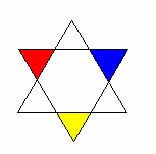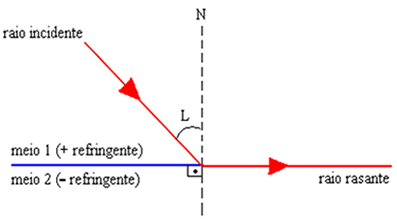At any time in history, a war of great proportions is always an event that provides profound changes in the society, economy and culture of nations. These transformations also take place in the technological sphere. Weapons, vehicles, uniforms, soldiers' food and many other things undergo profound transformations in a period of war. At forms of communication used in war do not fail to enter this list. THE Second World War characterized by the strategic use of some means of communication by both military and civilians. You radiostransmitters and the radarsFromsystemsinnavigation, both sea and air, they became notable strategic tools in the 1940s.
Two characters stood out in this context. There was the case of the German general heinzGuderian who had the experience of using the radio on the battlefront during the First World War and that he used this experience to install radio networks in German tank divisions, known as panzer, during World War II. This simple act of communicative technological increment enabled Nazi Germany to obtain successive victories over its adversaries in the years of 1939, 1940 and 1941. The other example is that of the Air Vice Marshal
HughDownding, gives RAF (royalairforce), British Air Force, which, in 1917 – also in the midst of World War I –, was the first officer to use a radio transmitter to communicate from the air (in flight) with the ground (its base). In 1940, with the title of marshal, Dowding increased high-frequency systems in 16 RAF squadrons.In addition, other nations, such as the United States of America, also tried to invest in communication technology as a support for the war. As well emphasized by historian Norman Davies, in his work “Europe at War”, starting in 1943, “American technology has progressed at several levels. O walkie talkie (or handheld talkie) created new possibilities for communication in combat. The Gibson Girl transmitter revolutionized air-to-sea rescue and portable two-way systems VHF SCR-522, used in air-ground communication, opened up new possibilities for artillery terrestrial". (DAVIS, Norman. Europe at War. Editions 70: Lisbon, 2008. pp.284-285).
Many combat strategies were also drawn from the aid of communication technology. An important example was also given by historian Norman Davies. Davies reported the technique of "countermedia", that is, a type of establishment of communicative confusion developed with the aim of disorienting the enemy. The British RAF confused the German radars using such a technique, which was called “Window”.
According to Davies, “[…] In 1943, in the city of Hamburg, the RAF's “Window” technique was introduced, which consisted of launching clouds of aluminum foil to confuse the German radar; the loss of only 12 of the 746 bombers, ie 1.6%, was historically reduced. A year later, Allied countermeasures considerably reduced the Germans' ability to detect the approach of Operation Overland's invading fleet. German radar stations in France were previously subjected to massive bombing and, on the night of the invasion, a huge wave of planes. equipped with interference-causing devices prevented stations still operational from calling in fighters from inland bases.” (DAVIS, Norman. Europe at War. Issues 70: Lisbon, 2008 p. 285).
After World War II, the use of this type of technology was channeled to the civilian population. Much of the advance in telecommunications and information transmission that we enjoy today comes from technologies developed during wars.
*Image credits: Shutterstock and Sergey Kamshylin
By Me. Cláudio Fernandes
Source: Brazil School - https://brasilescola.uol.com.br/guerras/formas-comunicacao-durante-segunda-guerra.htm



